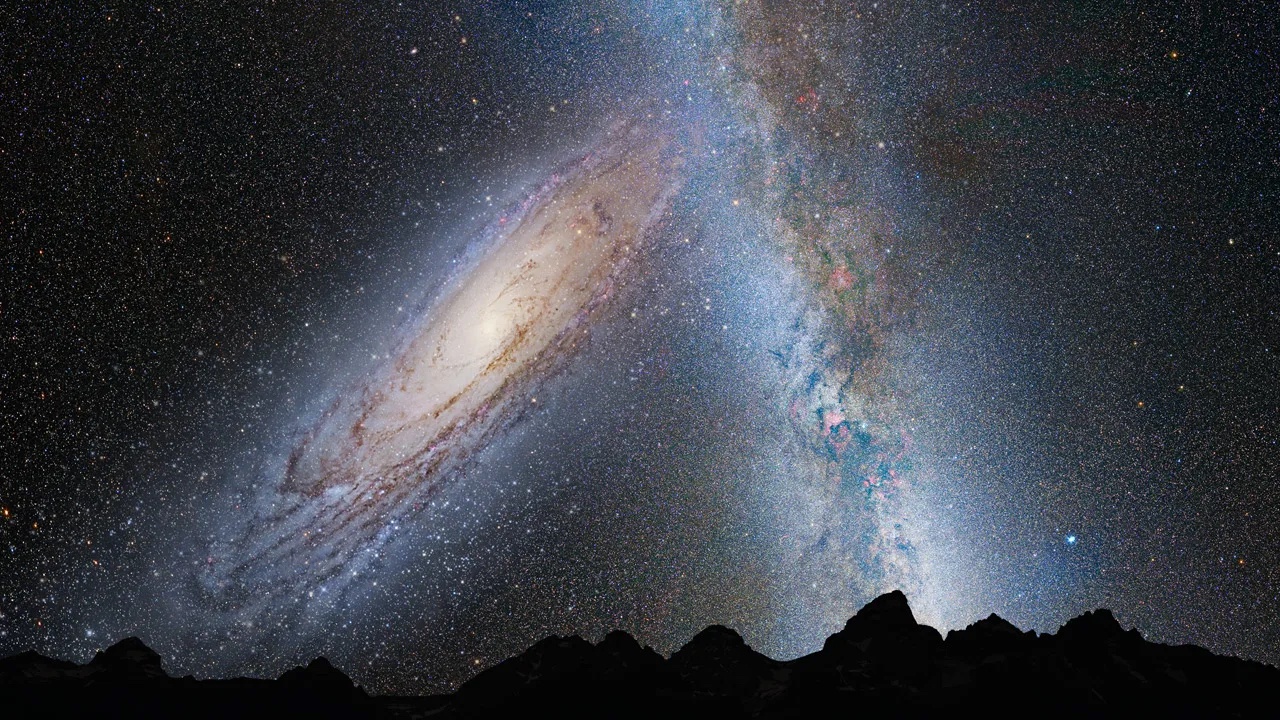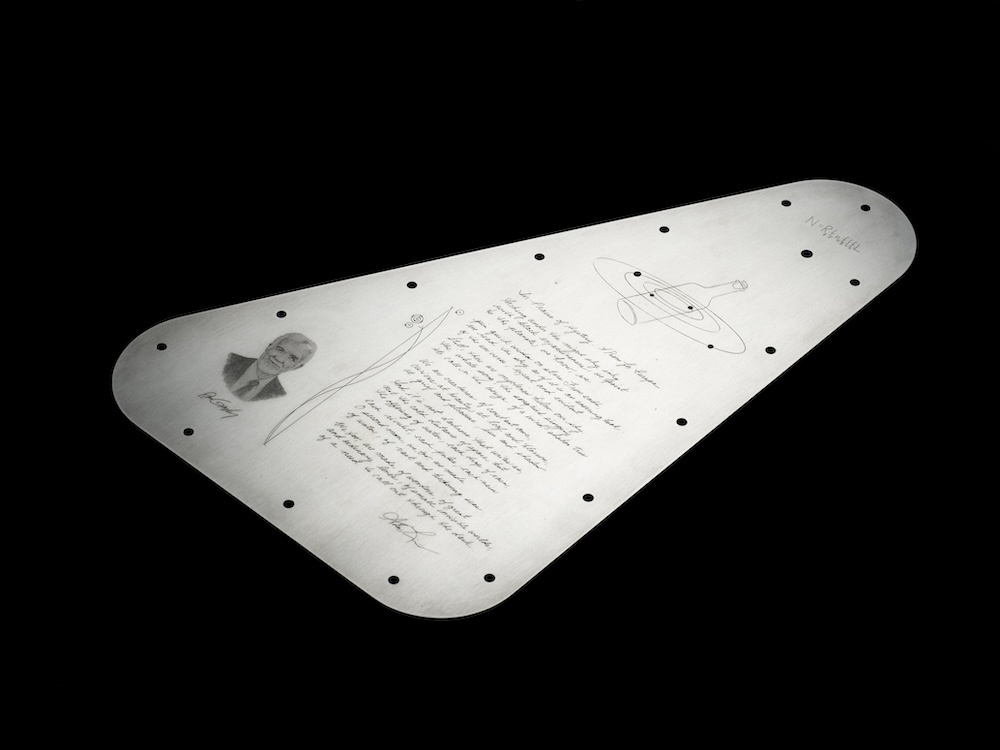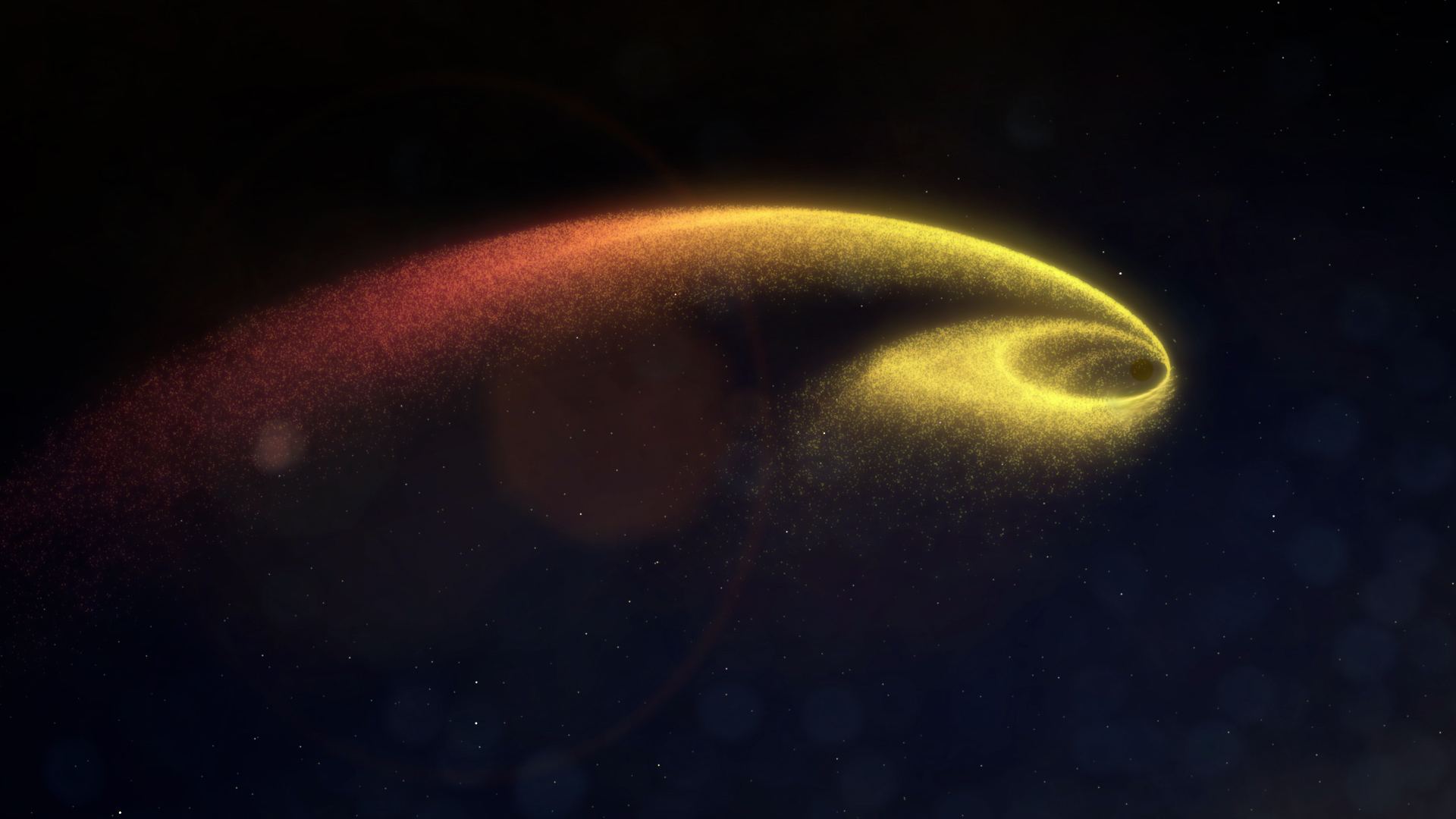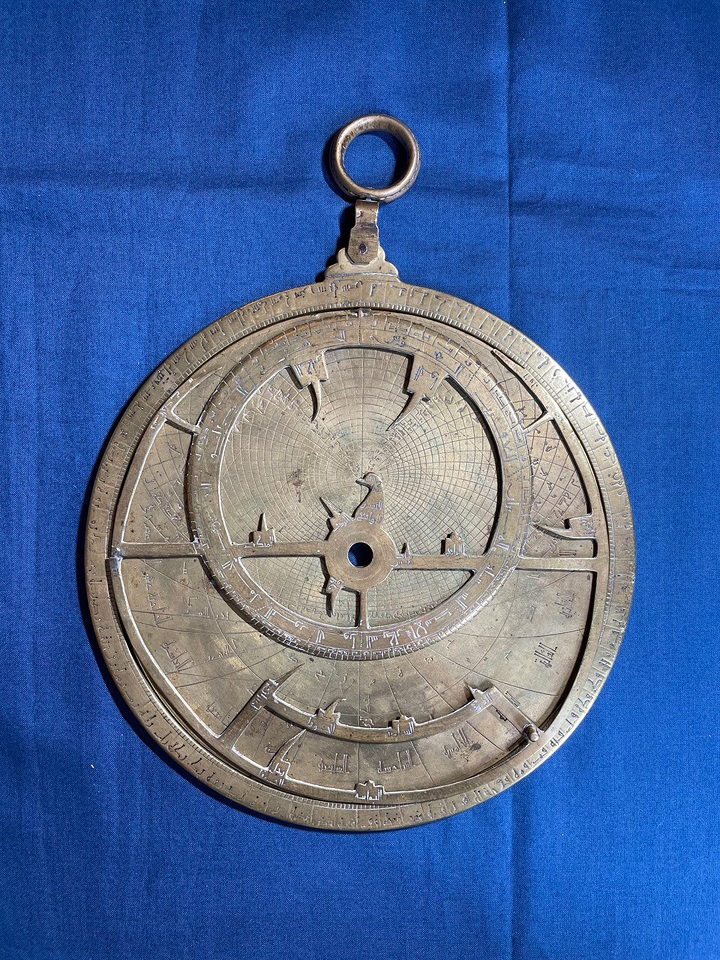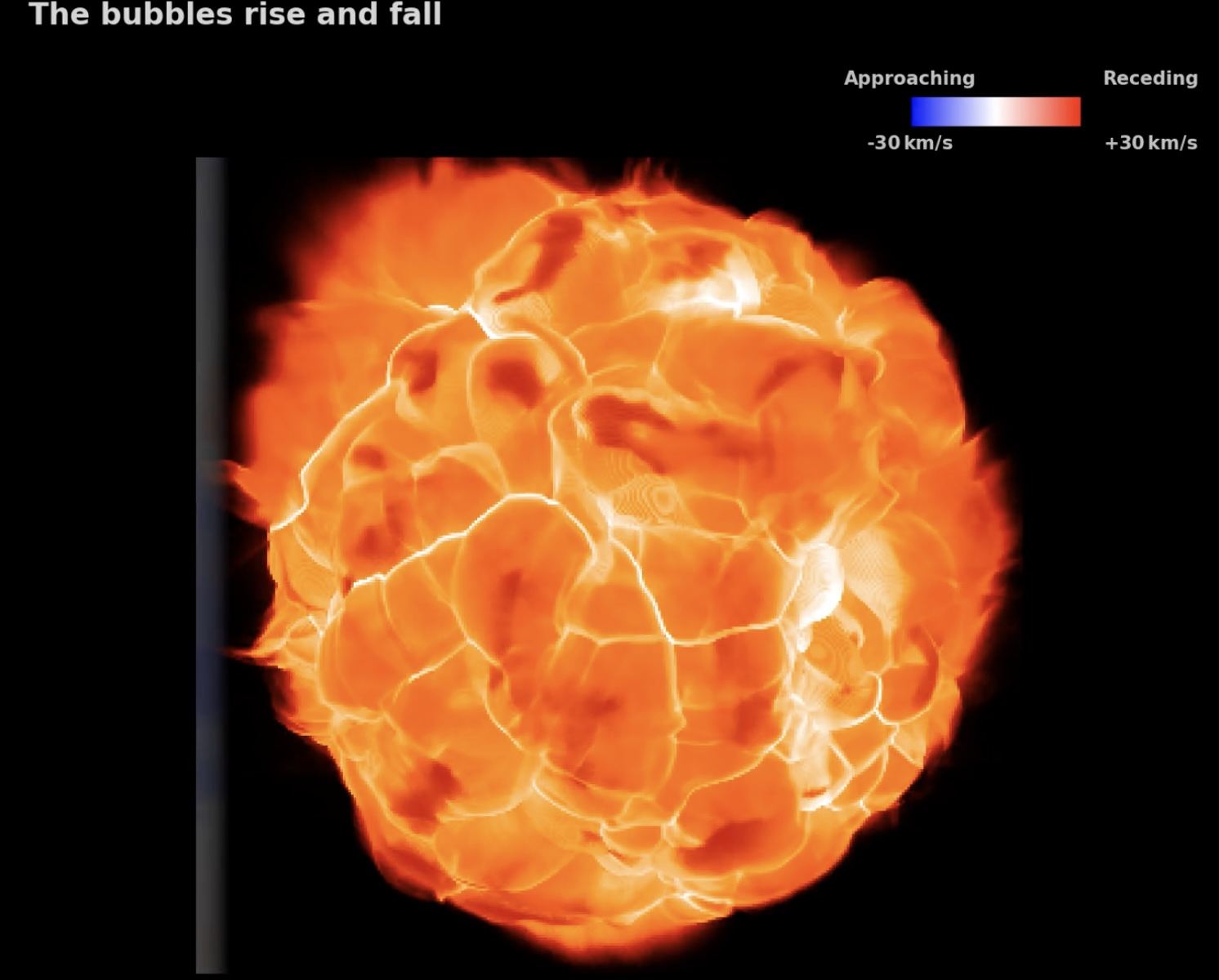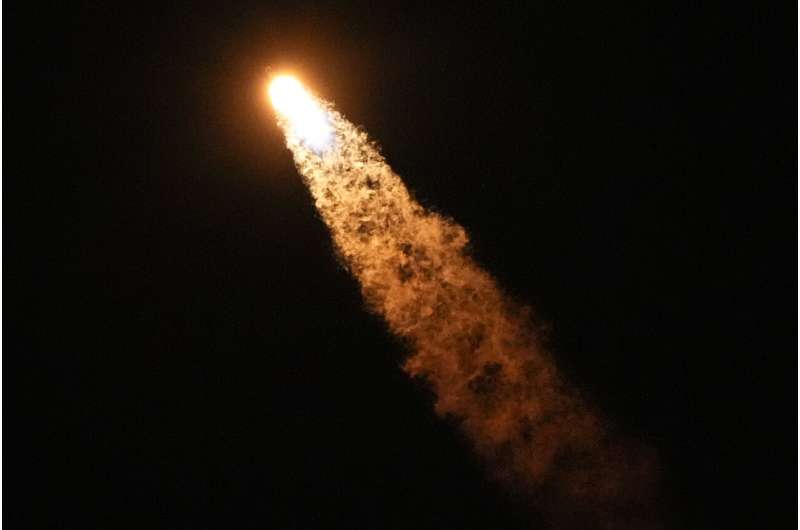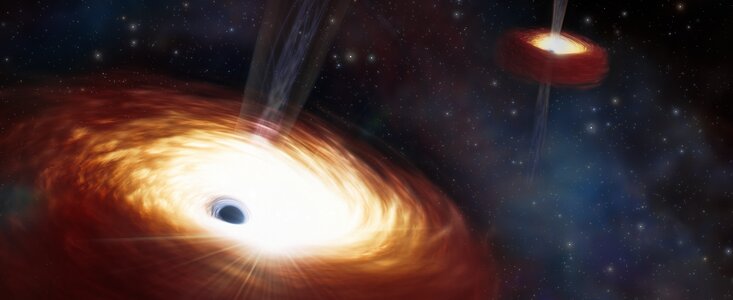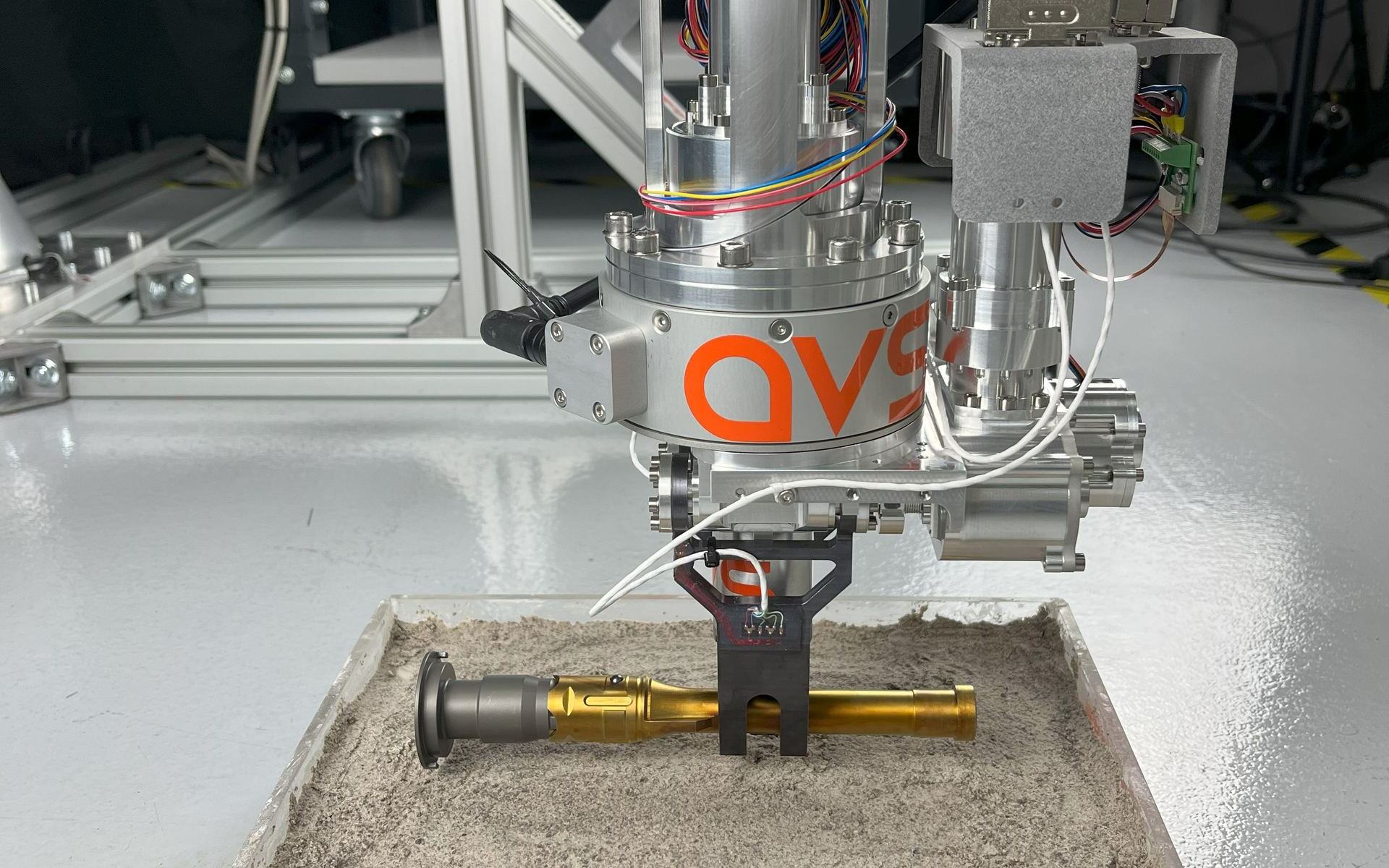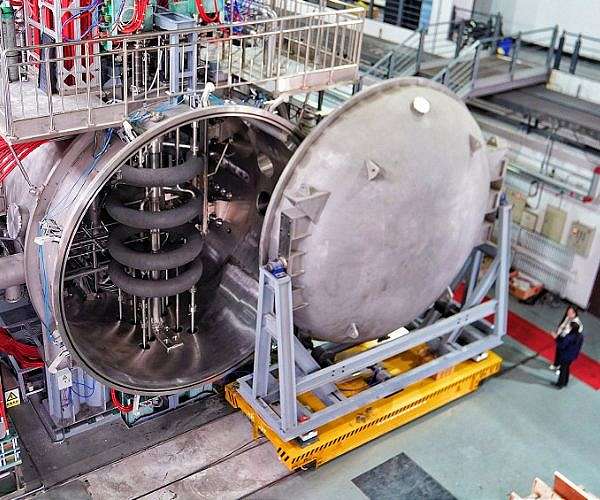I often drag out the amazing fact that the Andromeda Galaxy, that faint fuzzy blob just off the corner of the Square of Pegasus, is heading straight for us! Of course I continue to tell people it won’t happen for a few billion years yet but a recent study suggests that we are already seeing hypervelocity stars that have been ejected from Andromeda already. It is just possible that the two galaxies have already started to exchange stars long before they are expected to merge.
Continue reading “Are Andromeda and the Milky Way Already Exchanging Stars?”Are Andromeda and the Milky Way Already Exchanging Stars?
